Intervertebral hernia
The lifestyle of a modern person has become a fairly significant cause of many diseases. According to statistics, more than 75% of the adult population of Ukraine are faced with diseases of the spine, among which the most common are hernia, protrusion, compression of the nerve roots. Physical inactivity, sedentary work, excessive load on the spine are the conditions for the occurrence of a herniated disc - a disease of the musculoskeletal system, which is characterized by a displacement of the inner part of the disc with rupture of the annulus fibrosus. A hernia of the spine most often occurs in the lumbosacral region, less often in the cervical and thoracic regions. The danger of the disease lies in the fact that the displaced disc presses on nearby nerve structures, causing them to irritate or completely lose their function. Depending on the location of the herniated disc, it can be nerve roots, the spinal cord, or its membranes. If a spinal hernia is not treated in time, it can progress, leading to adverse consequences.
Reasons for the appearance of a hernia of the spine
In the normal state, the intervertebral disc is a flattened spacer between the vertebrae, which acts as a shock absorber during movement, reduces stress, and gives strength and flexibility to the spine. Under the influence of certain factors, the disc tissue begins to thin, the ligaments weaken, and its inner part begins to shift behind the vertebra and deform. Such provoking factors include:
- previous illnesses, injuries, spinal surgeries;
- congenital or acquired muscle weakness;
- heavy physical activity;
- the curvature of the spine;
- age over 50;
- excess weight;
- sedentary lifestyle, physical inactivity;
- bad habits;
- hereditary predisposition.
Herniated disc symptoms
The clinical picture of a herniated disc may differ depending on its location in the spine. Common symptoms for hernias are “shooting” or aching pain in the back, muscle tension, limited mobility of the spine, decreased sensitivity in the affected area, paresthesia, and numbness.
These symptoms may be accompanied by neurological disorders such as headaches, dizziness, weakness, fibromyalgia, etc. Sometimes there are functional disorders of the reproductive system, sensory disturbances in the limbs.
If you find similar symptoms in yourself, you should seek the advice of a specialist as soon as possible, since the complications of an untreated spinal hernia can be very unfavorable. The main danger is the paralysis of the patient. Other complications include disruption of the pelvic organs, weakness in the legs, loss of sensitivity in some parts of the body.
Diagnostics
Only a specialist can diagnose a herniated disc after a comprehensive examination. At the preliminary consultation, the doctor collects an anamnesis and conducts a full examination. Further, general clinical tests and instrumental examination methods such as CT, MRI, or X-ray are prescribed. If necessary, the doctor may prescribe additional tests.
Hernia repair
Herniated disc treatment in Kyiv is carried out by a team of highly qualified specialists in the Dobrobut network of medical clinics. Treatment tactics include the use of various techniques and depend on the stage of the disease. If the patient contacts at an early stage of the development of the disease, the course of treatment almost completely guarantee a cure for this ailment. For this, drug therapy, physiotherapy exercises, physiotherapy procedures, therapeutic massage, etc. are prescribed. In severe cases, surgery is used.
There are 2 main methods of surgical correction: traditional (open anterior approach) and endoscopic removal of the spinal hernia (endoscopic microdiscectomy). Today, endoscopic surgery is more popular in Ukraine, since it is minimally invasive, provides a good aesthetic result and quick recovery. It is performed under local or general anesthesia. At the preparatory stage, the surgeon accurately determines the location of the herniated disc and makes a 7-8 mm incision on the skin. The specialist inserts an endoscopic cannula into it. When the endoscope penetrates, the tissues are not dissected but moved apart with the help of special manipulators, which allows them to be kept practically intact. Good visual control for the operation is provided by a mini camera built into the endoscope. The surgeon removes the hernial protrusion, as well as damaged fragments of the intervertebral disc while freeing the compressed roots of the spinal cord. At the end of the operation, a suture is applied to the incision area. The total duration of the surgery takes about 1.5 hours.
Within a couple of hours after the operation, the patient can walk. The entire rehabilitation period lasts up to a month. During this time, the patient will be advised to avoid strenuous physical activity.
In certain cases, a patient with an intervertebral hernia is shown endoprosthetics - an operation that implies the installation of a prosthesis instead of an intervertebral disc. Such an intervention is indicated when a disc injury leads to irreversible dysfunction of the spine, and endoscopic microdiscectomy cannot guarantee a stable effect.
To resolve the issue of the treatment of intervertebral hernia - sign up for a consultation at the Dobrobut network of medical clinics in Kyiv. We use only the latest diagnostic and treatment equipment, we provide an individual approach to each patient, we have high-quality service of the European level, and all this at affordable prices.
You can get more detailed information on the operation: conditions, cost, terms, etc., or make an appointment with a doctor by calling our call center.
Bibliography
- Daniel K. Park - Herniated Disk in the Lower Back - OrthoInfo – AAOS. Published online, June, 2018.
- Herniated disk - Symptoms and causes. Published online, 26 September, 2019.
- Clinical guidelines for diagnosis and treatment of lumbar disc herniation with radiculopathy. Published online, 2012
Our advantages
Our services
Select the nearest clinic
ISO certifications
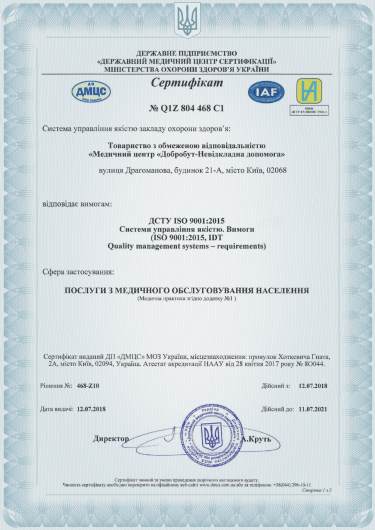
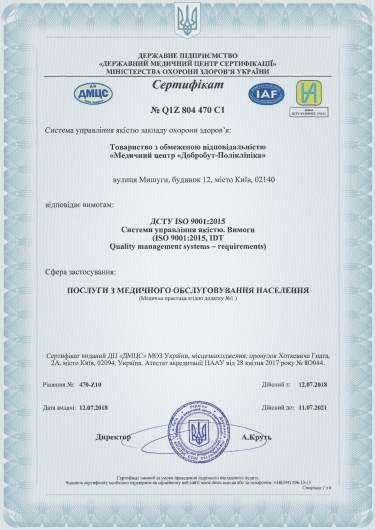
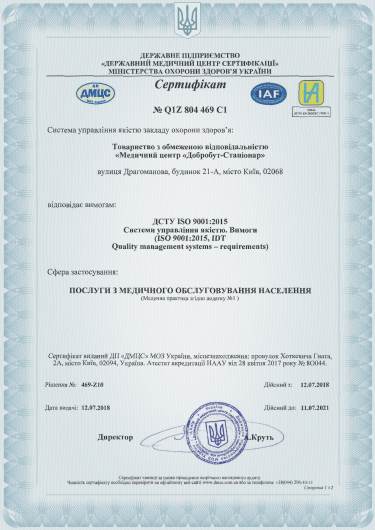
Accreditation certificates
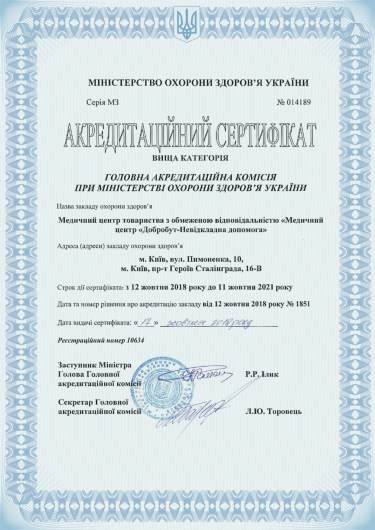
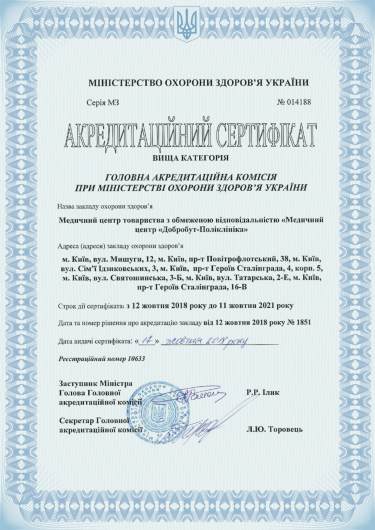
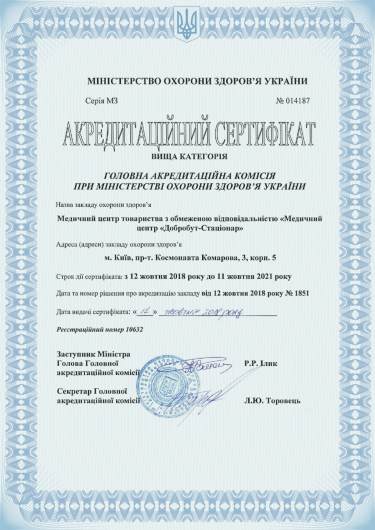
Medical practice licenses
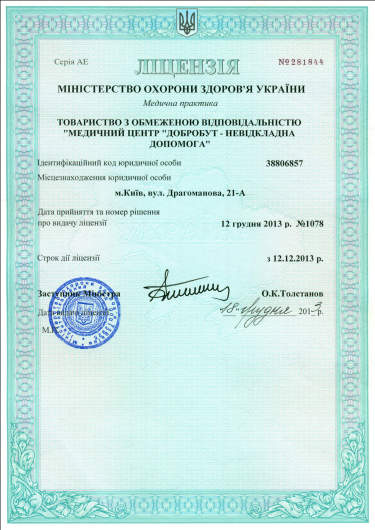
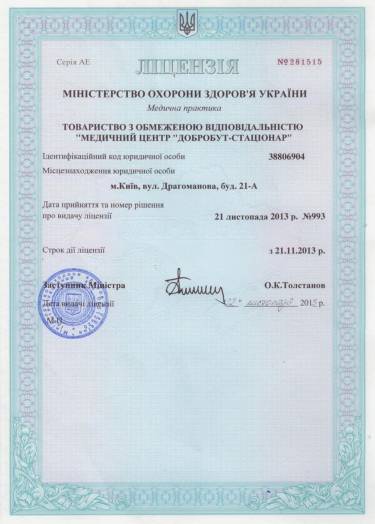
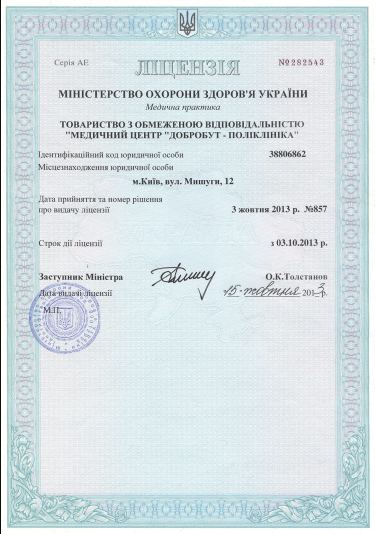
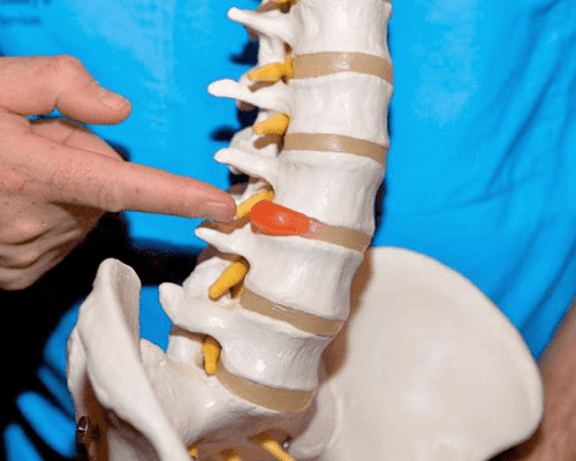


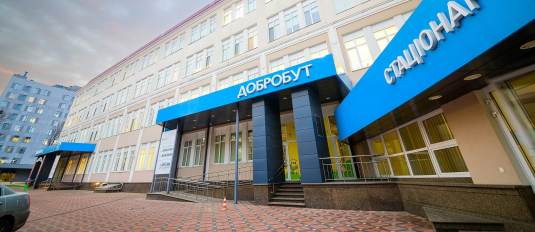
@2x.png)
@2x.png)
%402x.png)
%402x.png)
